Elivier 500 | Tablet | 500 mg | 10 pcs
৳ 150.00
Brand Name: Elivier Tablet
Generic: Nabumetone
500 mg
Manufacturer: Incepta Pharmaceuticals Ltd.
Unit Price: ৳ 15.00 (3 x 10: ৳ 450.00)
Strip Price: ৳ 150.00
Indications
Pharmacology
Nabumetone is a naphthylalkanone. Is is a non-selective prostaglandin G/H synthase (a.k.a. cyclooxygenase or COX) inhibitor that acts on both prostaglandin G/H synthase 1 and 2 (COX-1 and -2). Prostaglandin G/H synthase catalyzes the conversion of arachidonic acid to prostaglandin G2 and prostaglandin G2 to prostaglandin H2. Prostaglandin H2 is the precursor to a number of prostaglandins involved in fever, pain, swelling, inflammation, and platelet aggregation. The parent compound is a prodrug that undergoes hepatic biotransformation to the active compound, 6-methoxy-2-naphthylacetic acid (6MNA). The analgesic, antipyretic and anti-inflammatory effects of NSAIDs occur as a result of decreased prostaglandin synthesis.
The parent compound is a prodrug, which undergoes hepatic biotransformation to the active component, 6-methoxy-2-naphthylacetic acid (6MNA), that is a potent inhibitor of prostaglandin synthesis, most likely through binding to the COX-2 and COX-1 receptors.
Dosage & Administration
Interaction
Contraindications
Side Effects
Gastrointestinal: Diarrhea (14%), dyspepsia (13%), abdominal pain (12%), constipation, flatulence, nausea, positive stool guaiac, dry mouth, gastritis, stomatitis, vomiting.
Central Nervous System: Dizziness, headache, fatigue, increased sweating, insomnia, nervousness, somnolence.
Dermatologic: Pruritus, rash
Special Senses: Tinnitus
Miscellaneous: Edema
Pregnancy & Lactation
Pregnancy Category C. Reproductive studies conducted in rats and rabbits have not demonstrated evidence of developmental abnormalities. However, animal reproduction studies are not always predictive of human response. There are no adequate, well-controlled studies in pregnant women. Nabumetone should be used in pregnancy only if the potential benefit justifies the potential risk to the fetus.
Nursing Mothers: It is not known whether this drug is excreted in human milk, however 6MNA is excreted in the milk of lactating rats. Because many drugs are excreted in human milk and because of the potential for serious adverse reactions in nursing infants from Nabumetone, a decision should be made whether to discontinue nursing or to discontinue the drug, taking into account the importance of the drug to the mother.
Labor and Delivery: In rat studies with NSAIDs, as with other drugs known to inhibit prostaglandin synthesis, an increased incidence of dystocia, delayed parturition, and decreased pup survival occurred. The effects of Nabumetone on labor and delivery in pregnant women are unknown.
Precautions & Warnings
Use in Special Populations
Pediatric Use: Safety and effectiveness in pediatric patients have not been established.
Geriatric Use: As with any NSAIDs, caution should be exercised in treating the elderly (65 years and older).
Overdose Effects
Symptoms following acute NSAIDs overdoses are usually limited to lethargy, drowsiness, nausea, vomiting, and epigastric pain, which are generally reversible with supportive care. Gastrointestinal bleeding can occur. Hypertension, acute renal failure, respiratory depression, and coma may occur, but are rare. Anaphylactoid reactions have been reported with therapeutic ingestion of NSAIDs, and may occur following an overdose.
Patients should be managed by symptomatic and supportive care following a NSAIDs overdose. There are no specific antidotes. Emesis and/or activated charcoal (60 to 100 grams in adults, 1 to 2 g/kg in children), and/or osmotic cathartic may be indicated in patients seen within 4 hours of ingestion with symptoms or following a large overdose (5 to 10 times the usual dose). Forced diuresis, alkalinization of urine, hemodialysis, or hemoperfusion may not be useful due to high protein binding.
There have been overdoses of up to 25 grams of Nabumetone reported with no long-term sequelae following standard emergency treatment (i.e., activated charcoal, gastric lavage, IV H2-blockers, etc.).
Therapeutic Class
Storage Conditions
| Generic Name | Nabumetone |
|---|---|
| Tablet | 500 mg |
Only logged in customers who have purchased this product may leave a review.

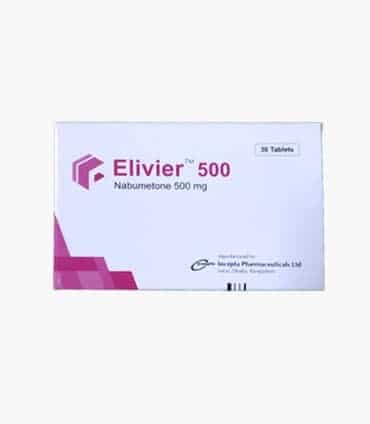
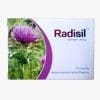
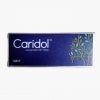

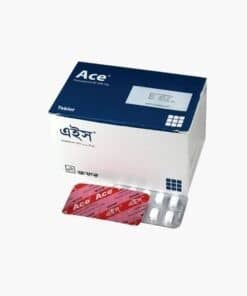

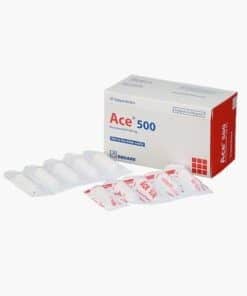
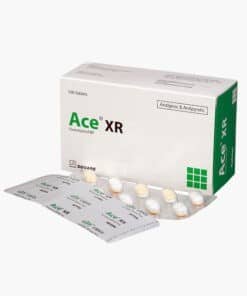
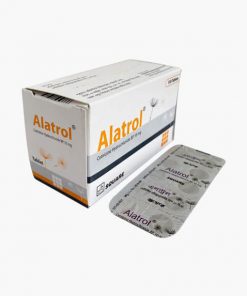
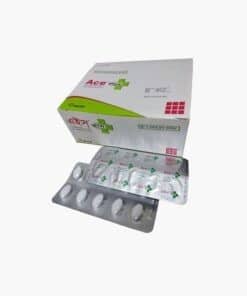
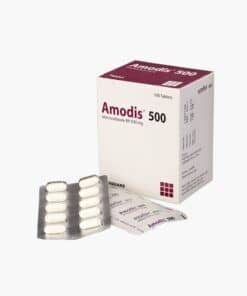
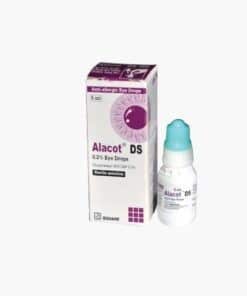
Reviews
There are no reviews yet.